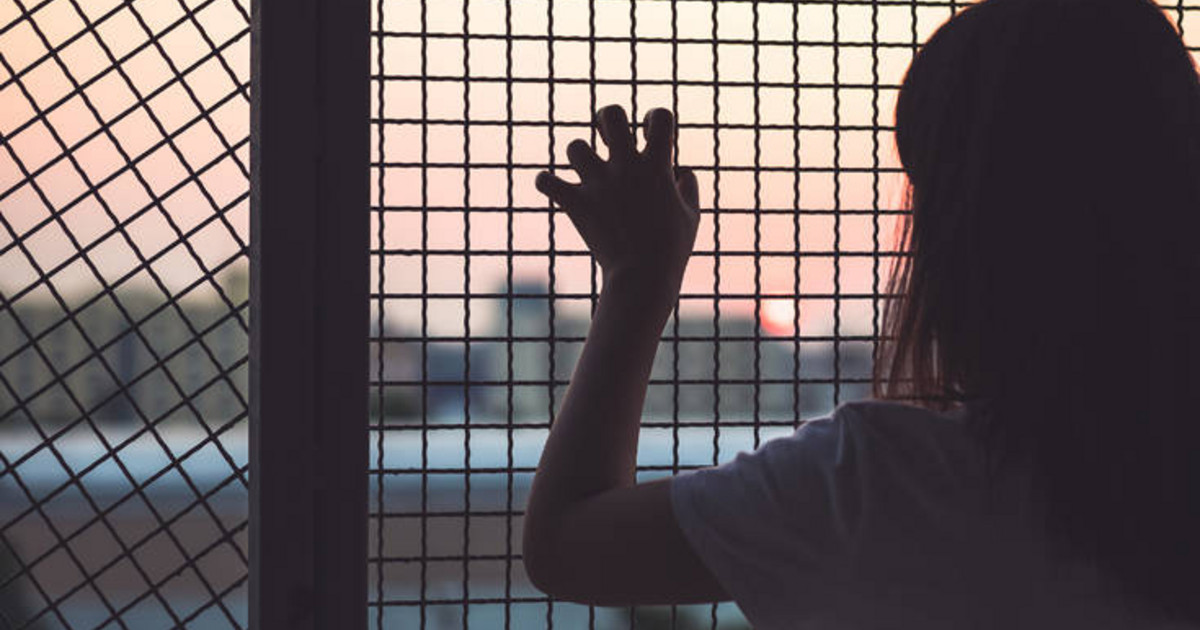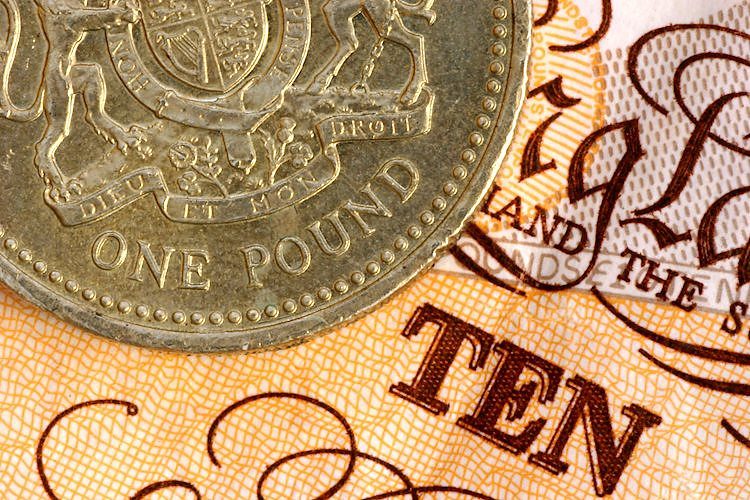
The return of orchestras in concerts, to be safer, could be accompanied by a rearrangement of the seats of the musicians and their instruments, with the main criterion of reducing the possibility of infection by the coronavirus. This is suggested by American engineers, according to whom the distance of two meters between the musicians is not enough, but it would be good to change the positions of some musicians who are more “suspicious” for transmitting Covid-19 due to the very nature of their instrument. especially wind instruments.
Researchers from the Department of Chemical Engineering at the University of Utah, led by Tony Saad, published in the journal Science Advances, according to the New York Times and the New Scientist, and conducted modeling studies and to see which arrangement of musical instruments minimizes the risk of transmitting the coronavirus aerogenously to the orchestra.
An earlier study, led by University of Minnesota mechanical engineer Jarong Hong, concluded that trumpets, as well as oboe and bass trombones, have the highest risk of coronavirus transmission.
Orchestra: What scientists have calculated for wind instruments
The scientists calculated the volume and velocity of the aerosols emitted by the various wind instruments. They concluded that concert halls should have open doors on stage to remove potentially contaminated aerosols. Also, musicians who play trumpets, oboes and clarinets, instruments that require a loud blast and involve a large outflow of air, should be moved to the back of an orchestra and close to the vents or open doors.
As chemical engineer James Sutherland put it, “you can sit half a meter away from someone and be completely safe, or you can be eight meters away and that can be a problem.”
Those who play strings can sit in the front and it is considered that, if they wear a mask, they do not pose a risk of transmitting the virus, compared to those who play wind instruments. The piano and percussion are moved to the center of the orchestra. The rearrangement tested at the Utah Symphony Orchestra reduced the average aerosol concentration in the musicians’ breathing area by 100 times.
Although every orchestra and concert venue has differences, the general principles of rearrangement apply everywhere, according to the researchers. The study, however, did not consider what to do with the singers, nor whether a rearrangement of the instruments would disrupt the smooth running of an orchestra and its artistic performance, as musicians generally do not want to change positions. However, in Utah, even after many hesitations, they finally agreed to try it.
“It was a huge challenge for the musicians. “But everyone accepted it and said, ‘Let’s make an effort,'” said Steven Broswick, president and chief executive of the Utah Symphony Orchestra and Opera. The musicians took a few weeks to get comfortable with the new arrangement, although they do not hide that they plan to return to the traditional arrangement as soon as possible.
An imaginative alternative is masks for the instruments themselves. A recent Hong Kong study found that covering a trumpet with a single layer of suitable acoustic fabric can reduce particulate emissions by about 60% without compromising sound quality.
Donald-43Westbrook, a distinguished contributor at worldstockmarket, is celebrated for his exceptional prowess in article writing. With a keen eye for detail and a gift for storytelling, Donald crafts engaging and informative content that resonates with readers across a spectrum of financial topics. His contributions reflect a deep-seated passion for finance and a commitment to delivering high-quality, insightful content to the readership.






